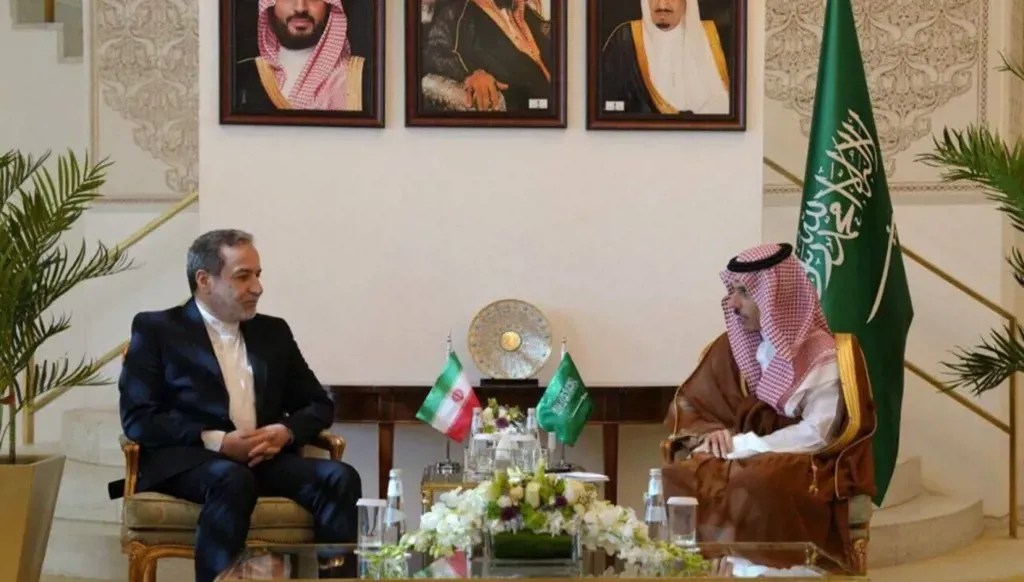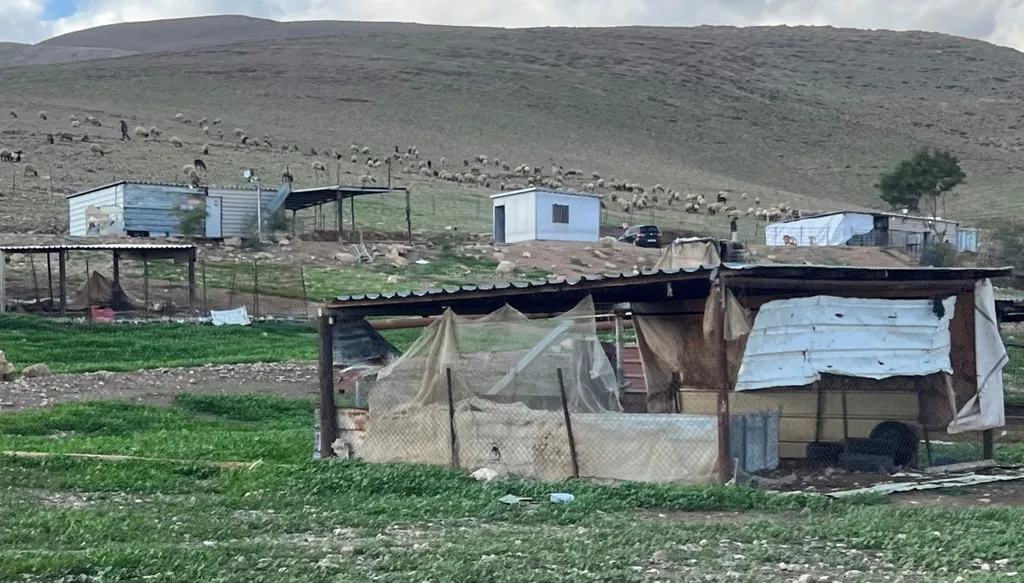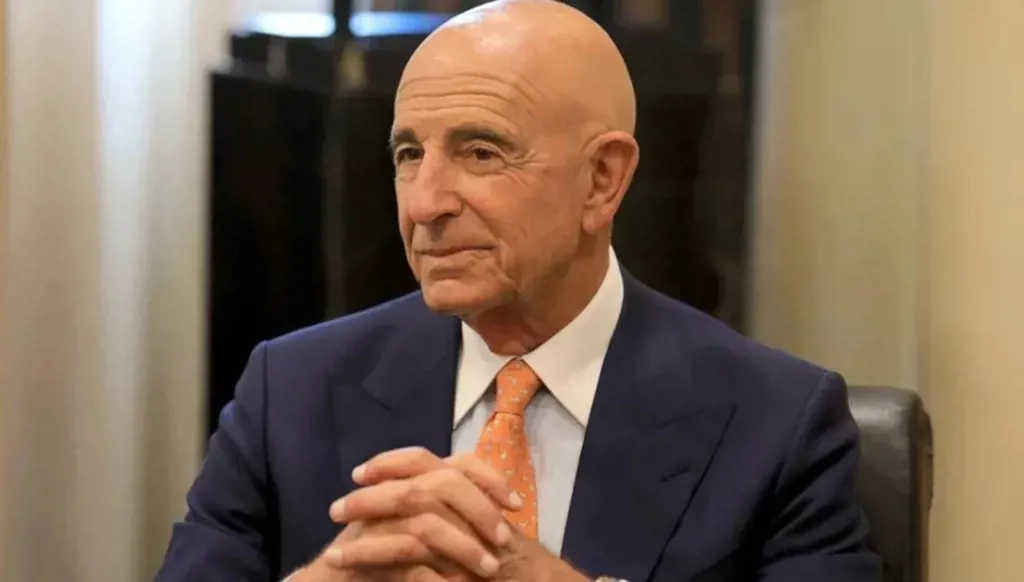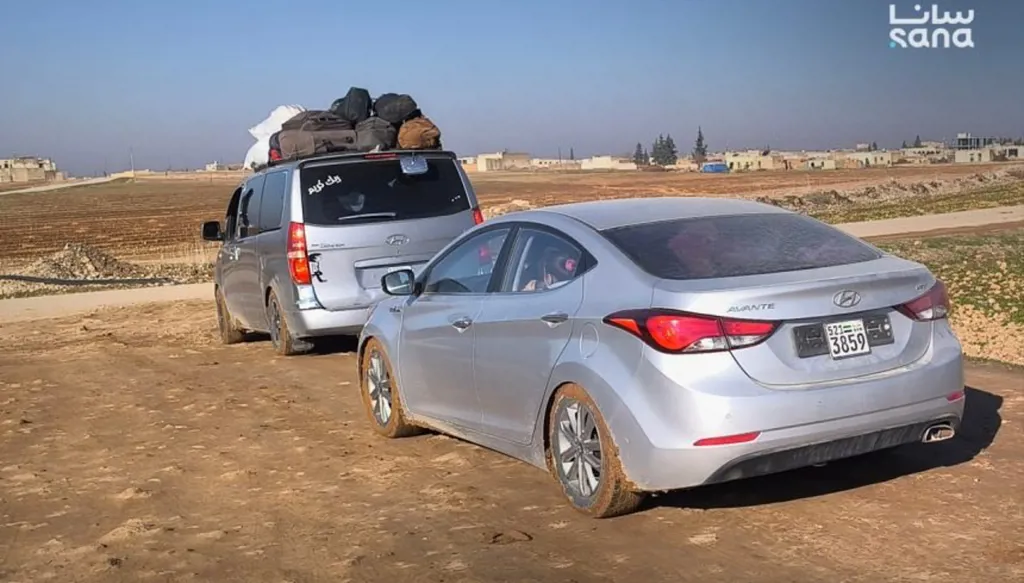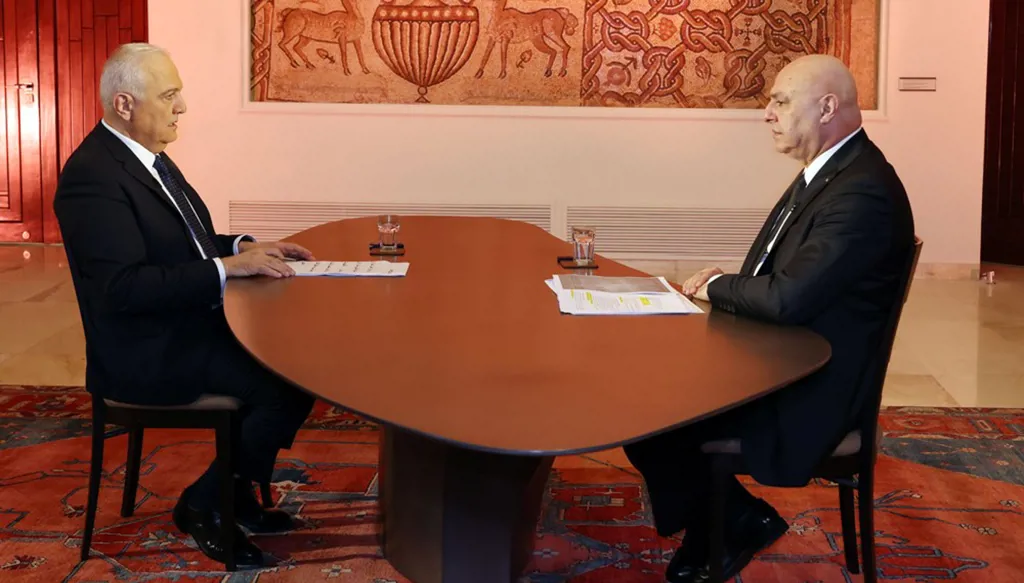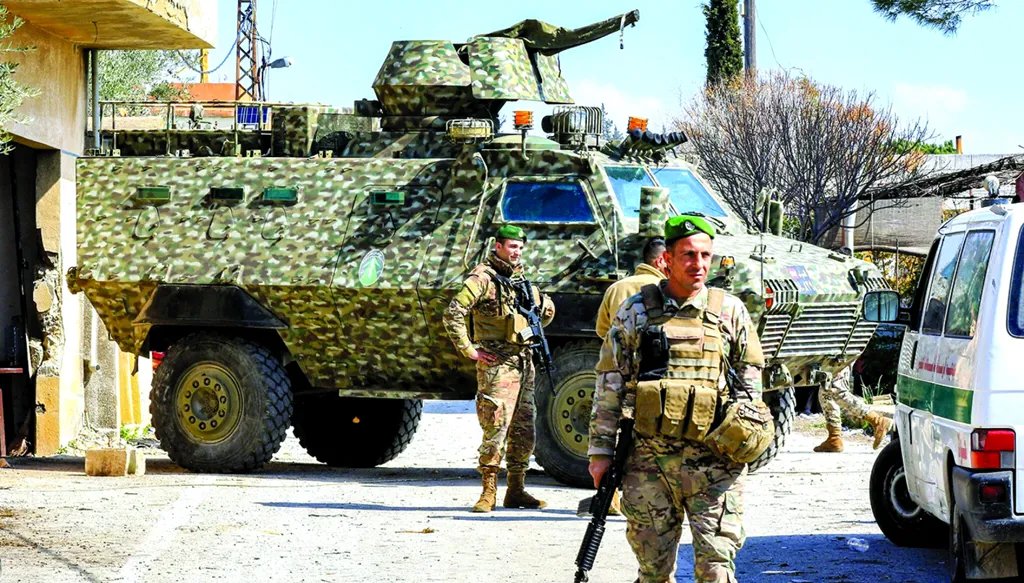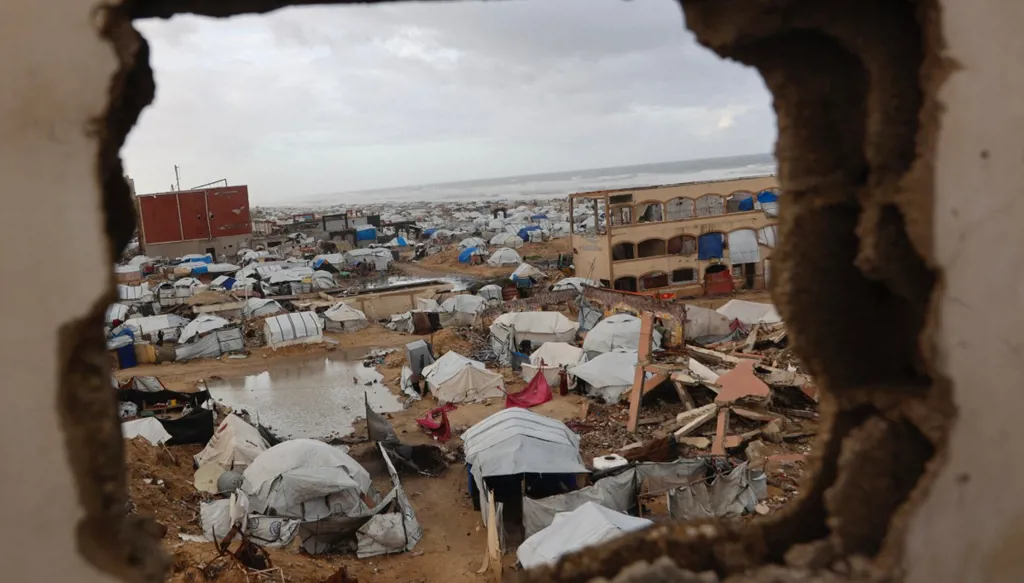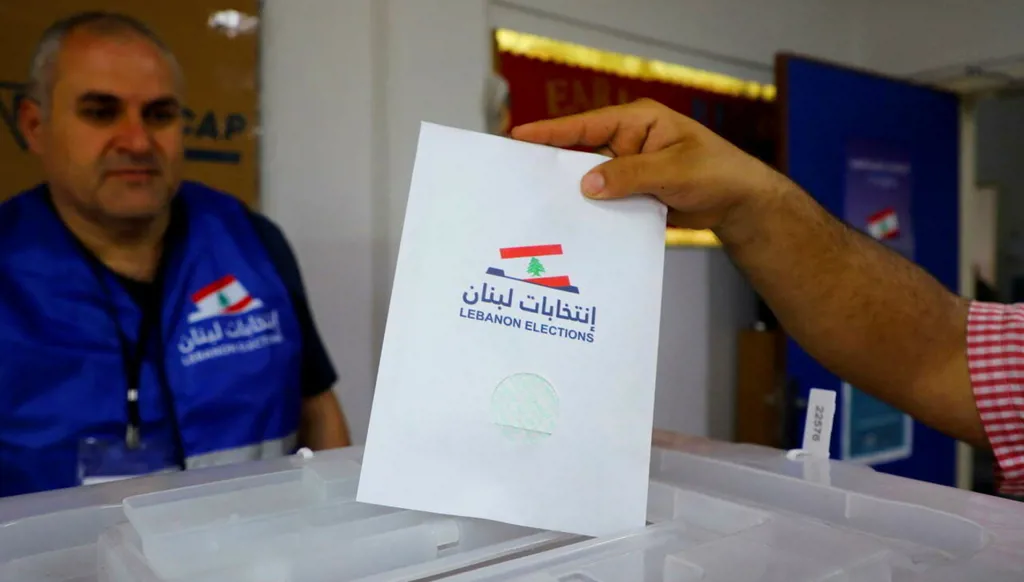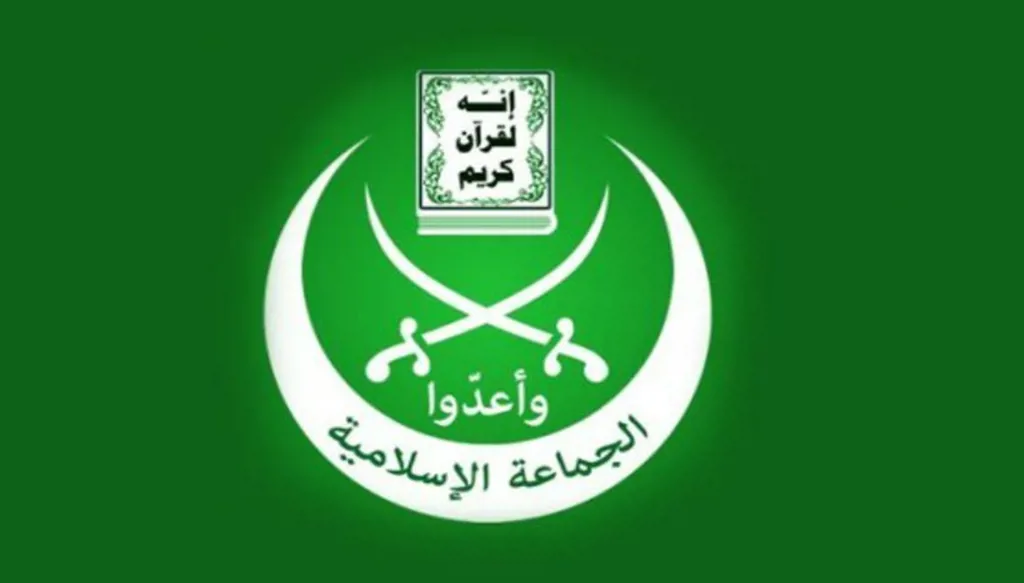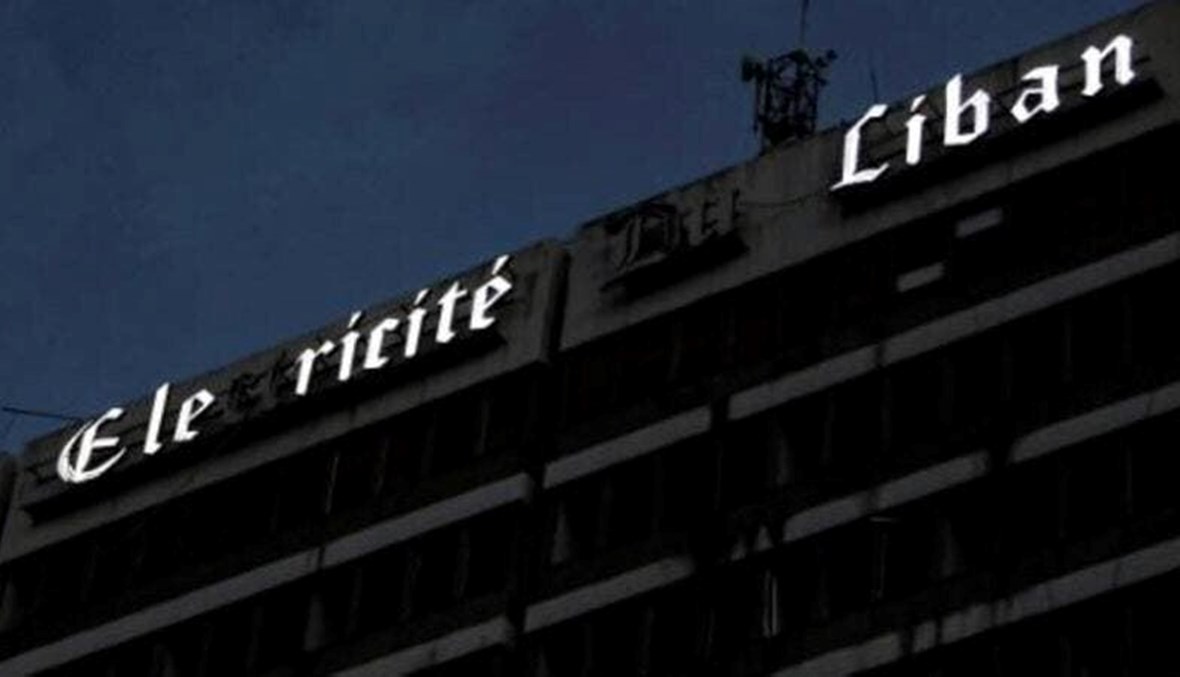
Carol Ayat
To understand the current electricity crisis, there are two numbers one needs to know: the first is 30 and the second is 45.
- 30 is the time we have had in years since the end of the civil war to fix the electricity sector. 30 is also the time the sector has been in crisis: draining year-on-year public finances, negatively impacting Lebanese lives and polluting our environment.
- $45 billion is the direct cost incurred by the Lebanese government to fund the deficit that Electricite du Liban (EDL) has incurred over that period. With that amount of money sunk into the sector, one would think Lebanese citizens enjoy either free or highly subsidized electricity for competitive purposes. However, this is not the case. Lebanese citizens’ electricity bills (bills with an “s” to account for the private generators bill and EDL bill), together are 30% higher than the average global tariff.
Those two numbers, which symbolize the sector’s mismanagement, lack of governance and failure to implement any policy action or reform, have contributed to one of the most severe economic and fiscal crisis, thus plunging Lebanon in total darkness.
Electricity is not a luxury. It has been turned into one in Lebanon. Electricity is core to modern life and is a basic human right. Access to electricity has a direct impact on an individual’s ability to access healthcare, get an education, communicate, get clean water, prepare and store food. Moreover, it is impossible to build a competitive economy without reliable and adequate electricity for offices and factories.
Electricity reforms do exist in Lebanon . . . but only on paper.
Over the last few years, we opted for short-term fixes to keep “kicking the can down the road” instead of investing in our energy infrastructure. With the sector now in total collapse, it’s imperative that any plan be two-pronged: a crisis management plan to keep the lights on, and a medium/long term solution to offer clean, sustainable and affordable electricity to all.
Part 1. Crisis Management – restoring trust, rebalancing EDL’s financials, keeping the lights on
Restoring Trust
The crisis management plan starts with the appointment of an independent electricity regulator as per law 462 according to a transparent process based on meritocracy, the release of a clear energy sector vision which adopts a least cost generation approach and the relaunch of the negotiations with the IMF to achieve macro-economic stabilization. These steps are critical confidence signals to unlock both emergency funds and funds for infrastructure investments.
Rebalancing EDL Financials
EDL is in financial distress. Not only does it lack access to foreign currency, but its revenues, denominated in Lebanese currency, have fallen drastically because of currency depreciation and increased technical and commercial losses (reaching 50%) that exacerbate the impact of non-cost recovery tariffs. In real dollar value, EDL’s tariff has fallen below 1 $cent/kwh, while its overall costs have reached 27 $cent/kwh.
The combination of EDL’s financial and technical deficiency, exacerbated by the multiple crisis facing the country has caused an almost cessation of service with only 1-3 hours of electricity supply across the country. As a result, consumers have to rely on expensive and polluting private generators charging on average 40 $cent/kwh for their electricity supply.
It is therefore imperative to restore EDL’s financial stability to ensure the continuity of service. Necessary measures include: (1) adjusting the tariff for cost recovery while maintaining a social safety net for the lowest consumption brackets, (2) digitizing bills (e-bills), (3) making the billing cycle current, with a rescheduling of arrears, (4) improving collection efforts and removing illegal connections with the support of the judicial and security apparatus, (5) accelerating the roll-out of smart meters and deployment of pre-paid cards.
Keeping the lights on
EDL’s enhanced revenues combined with some emergency funds from the international community would be used to support EDL’s payment of fuel, maintenance and operating expenses, temporary electricity (if available) and electricity and gas purchases from Jordan and Egypt (if an agreement is reached to allow Lebanon to import power and gas via Syria).
In addition, the government can secure financing envelopes from international financing institutions to support the scale-up of decentralized solar installations.
Part 2. Medium-term Plan - provide affordable, clean and sustainable electricity for all
Renewable Energy: why it is central to any plan
First, let’s talk about why renewable energy is so important for Lebanon energy sector reform. The energy market has witnessed a revolution in recent years. The cost of renewable energy technology has dropped multiple fold, making renewable energy often times more competitive than fossil fuel based electricity. In fact, the cost of solar panels has dropped by 90% over the last 10 years.
Moreover, Lebanon has excellent natural resources in wind, solar and hydro, making such technology very suitable. We enjoy 300 days of sun, our mountainous areas have excellent wind resources and we are blessed with good water resources in our rivers for hydro plants. The first rounds of utility scale renewable projects in Lebanon have yielded prices which are a fraction of EDL’s current generation costs at c. 15 $cent/kwh. The lowest tariff achieved in the first round of solar tenders was 5.7 $cent/kwh, and the one of the wind farms was 9.6 $cent/kwh. Those costs include the capital costs of the investment.
The deployment of renewables also brings other benefits: renewable energy projects create jobs, reduce local air pollution and reduce our consumption of fossil fuels. This would help insulate our economy from external energy shocks and reduce our balance of payment deficit – a core and central cause of our current demise. Since renewable energy is mostly located in rural areas, these investments stimulate rural development.
The world is embarked on a global fight against climate change, which has resulted in the allocation of large sums of funds dedicated for investments in renewable energy. Lebanon has committed in the Paris Agreement to meet 30% of its electricity demand from renewable energy sources by 2030. This translates into the need to build around 4,500 megawatts of renewable energy installed capacity by that time. Therefore, we should focus on launching large-scale renewable energy projects - especially solar projects in the Bekaa area, which are expected to yield the most economical prices for electricity in Lebanon.
However, the barriers to the uptake of renewables in Lebanon are numerous. First, there is a need to stabilize and reinforce the grid. This can be achieved by investing in the transmission and distribution networks to reduce losses and by securing base load electricity through gas fired power plants to avoid blackouts generated by the intermittency of renewables. Second, renewable energy investments are capital intensive. The estimated cost of building 4,500 megawatts of renewable energy is around $6-7 billion, to be funded by development banks, export credit agencies and the private sector. With high political, credit, currency and policy risk, Lebanon’s current investment climate is not attractive for private investment. The government should therefore secure guarantee and liquidity instruments (such as political risk insurance and liquidity support facilities) to de-risk these projects and mobilize the required capital at competitive prices. Third, Lebanon lacks the regulatory and legal framework to support the scale-up of renewable energy. Therefore, there is an urgent need to enact a distributed solar law, which enables private-to-private power purchase agreements, net metering and power wheeling as well as an energy efficiency law to optimize electricity demand.
Base load power: the pre-requisite projects for 24/7 electricity and renewables
In the last couple of years, select original equipment manufacturers (such as GE, Siemens, Mitsubishi or Ansaldo) have submitted proposals for full gas to grid solutions, whereby they would build a power plant, connect it to the grid, procure the natural gas and operate it for 20 years. The indicated all-in price was around half the current cost of generation of EDL: 7-8 $cent/kwh vs. 15 $cent/kwh.
Lebanon needs an additional 2,000 megawatts of new power plants capacity to meet the current demand. The most cost-efficient number of plants is two plants located adjacent to the existing ones in Deir Ammar and Zahrani, given the availability of land, grid connection and fuel infrastructure. Locating these new plants next to the existing ones would also avoid changing the nature of the surrounding area.
These plants run on natural gas, which has much lower emissions than HFO and diesel, significantly reducing pollution levels. Natural gas is considered the greenest of the fossil fuels and complimentary to renewable energy. Also switching the current EDL plants to natural gas is expected to yield annual savings exceeding $300 million.
The estimated cost of these projects stands at $2 billion: $1.5 billion for the power plants, and $500 million for the needed grid and gas infrastructure. Given the current investment climate and the emergency nature of these projects, the financing should be sourced on a public financing basis initially. Upon construction completion, the projects can be privatized under a PPP scheme and the public debt would be then reimbursed. These projects achieve cost recovery to the economy in 1 year, given the resulting elimination of private generator bills and diesel imports.
From Black to Green
The electricity sector has been a major contributor to the fiscal and economic crisis in the country and the current blackouts are exacerbating the ongoing humanitarian crisis. With the right political framework and policy-action, the sector can be turned into a life-enabling source of economic recovery. It can generate employment and business opportunities for the private sector and large foreign direct investments, which improve the current account deficit. The first step in that journey is to rebuild trust by initiating meaningful reforms. Without trust, we will not be able to attract the needed investments in the sector.
There is no more denying that the future of energy is green, and we need to invest in reaching that future. Now is the time to grasp the opportunity to accelerate the deployment of renewables to meet our goals of a secure, reliable, affordable and environmentally sustainable energy sector. Because it has never cost so little to do so and it is increasingly the option that will avoid complete blackouts and save consumers money today and in the long run.
Carol Ayat is an energy finance professional. She heads the Large Corporates and Specialized Lending department at Bank Audi. She previously worked as an investment banker at Goldman Sachs in NYC, London and Dubai.
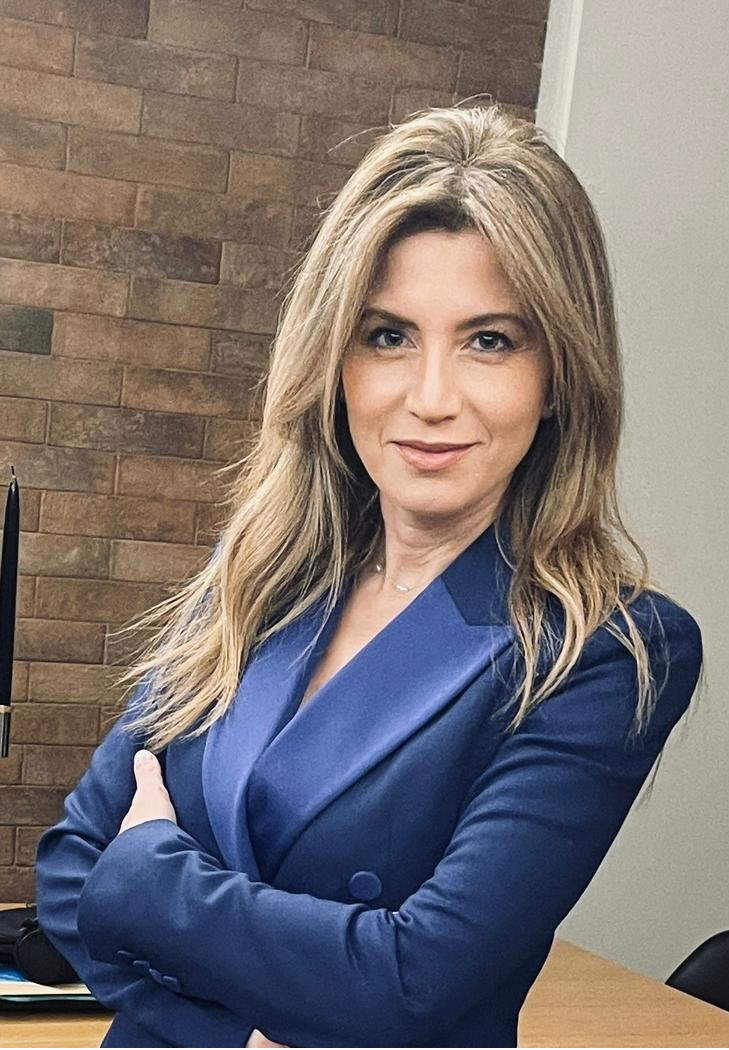
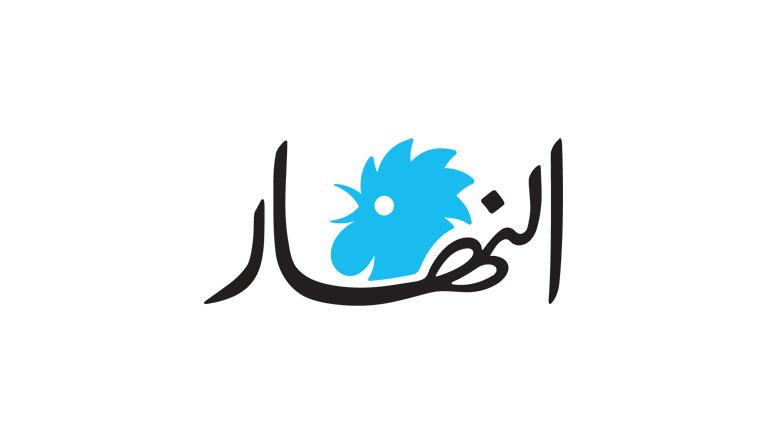




 مسنجر
مسنجر
 واتساب
واتساب
 ثريدز
ثريدز
 بريد إلكتروني
بريد إلكتروني
 الطباعة
الطباعة
 تويتر
تويتر
 فيسبوك
فيسبوك


